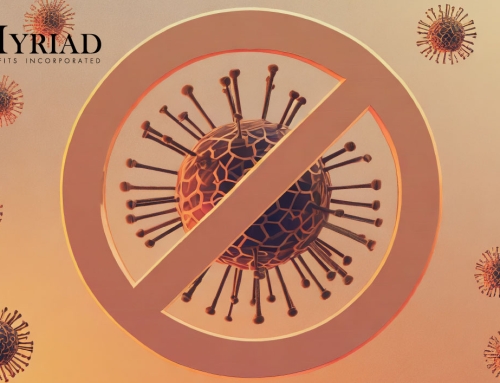Coronaviruses (CoV) are a group of common viruses that usually cause mid to moderate infections in the airways, such as the common cold. But they can also cause serious diseases, such as bronchitis and pneumonia. On December 31, 2019, the WHO, World Health Organization, was alerted by several cases of pneumonia in Wuhan, Province of China. This virus has been temporarily called “2019-nCoV”. According to reports, patients with the new coronavirus 2019-nCoV have suffered a mild to severe respiratory illness that can cause death.
Transmission
The exact way the virus is spread is not fully known. However, with similar coronaviruses (MERS and SARS) is thought to have happened mainly via respiratory droplets from an infected person to another generally between close contacts.
- As touching or shaking hands.
- Touching an object or surface with the virus and then touch your mouth, nose or eyes before washing your hands.
- Through feces (uncommon).
Symptoms
Symptoms may appear in just 2 or up to 14 days after exposure. May include:
- Fever
- Cough
- Shortness of breath
Prevention
There is currently no vaccine to prevent coronavirus infection. The best way to prevent it is to avoid exposure to the virus. The CDC, Centers for Disease Control and Prevention, recommends the following practices to reduce the risk of infection or spread of infection.
- Wash your hands frequently with soap and water for 20 seconds, if there is no water with an alcohol based hand sanitizer.
- Avoid touching your face, nose or mouth with your hands without washing them before.
- Avoid close contact with sick people.
- Clean and disinfect surfaces and objects that you touch frequently.
- Cover your mouth with a tissue every time you cough and sneeze. Then throw away the tissue and wash your hands.
- Stay home while sick.
There is an ongoing investigation to determine more about this outbreak. To know the daily updates you can visit the following link https://www.who.int/emergencies/diseases/novel-coronavirus-2019.
By: Tania Mangual-Monzón, MS
References:
Centers for Disease Control and Prevention
World Health Organization













